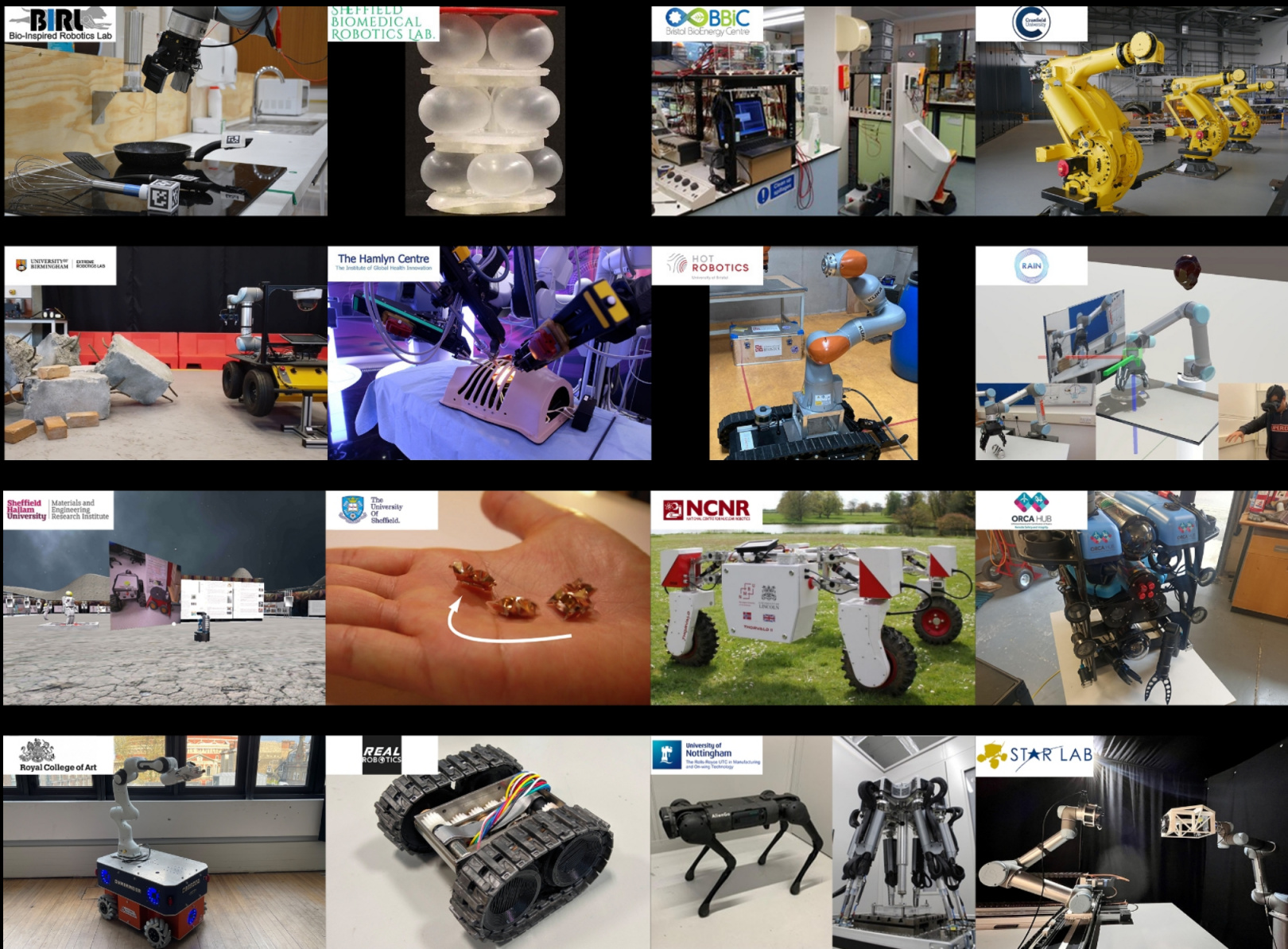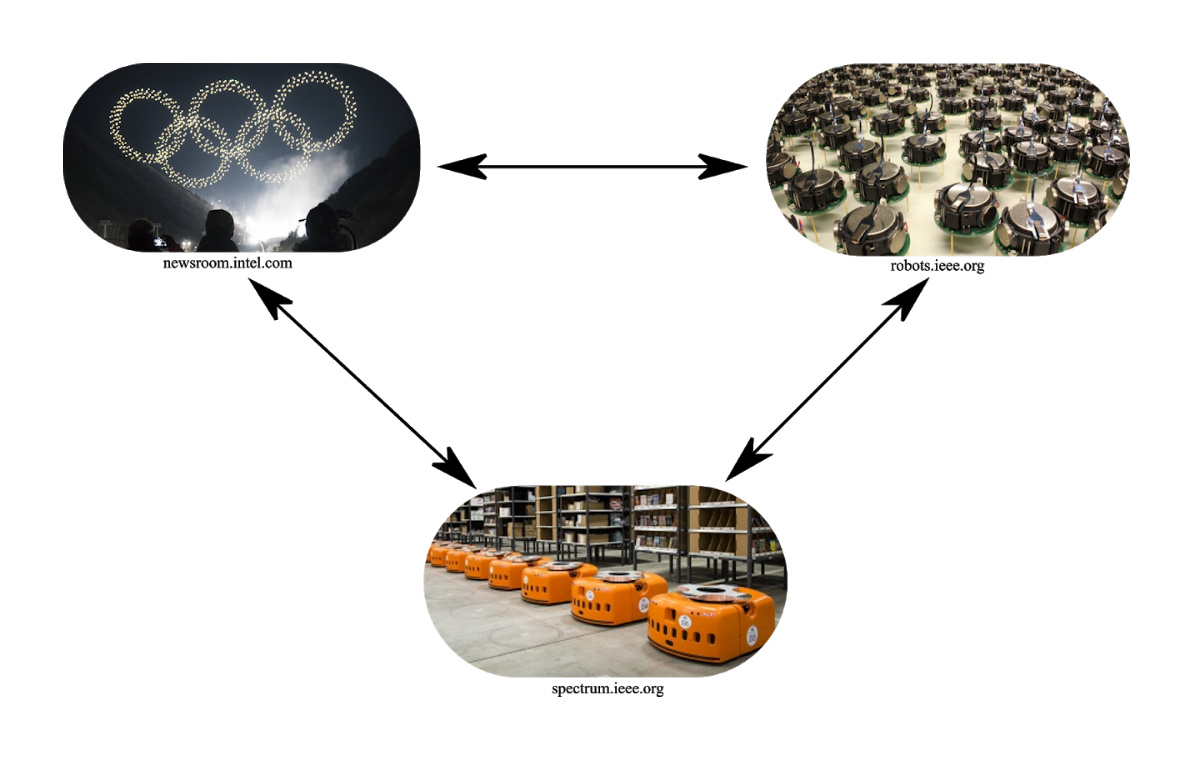Combating fatigue with autonomy: Human-robot collaboration for manufacturing
Combating fatigue with autonomy: Human-robot collaboration for manufacturing
Hyundai Motor Group Completes Acquisition of Boston Dynamics from SoftBank
A robot on EBRAINS has learned to combine vision and touch
Robot-assisted surgery: Putting the reality in virtual reality
Robot Lab Live at the UK Festival of Robotics 2021 #RobotFest

For five years, the EPSRC UK Robotics and Autonomous Systems (UK-RAS) Network have been holding the UK Robotics Week. This year’s edition kicked off on the 19th of June as the UK Festival of Robotics with the aim of boosting public engagement in robotics and intelligent systems. The festival features online events, special competitions, and interactive activities for robot enthusiasts of all ages. Among them, we chose to recommend you the Robot Lab Live session that will take place online on Wednesday the 23rd of June, 4pm – 6pm (BST).
Robot Lab Live is a virtual robotics showcase featuring 16 of the UK’s top robotics research groups. Each team will show-off their cutting-edge robots and autonomous systems simultaneously to live audiences on YouTube. You can flick between different demos running during the two-hour livestream, ask questions and interact with the research teams in the chat. Here’s the link to watch the livestream.
Apart from Robot Lab Live, there are other interactive (and online!) events that we find of particular interest:
- Mosaix with Swarm Robot Tiles (Tuesday the 22nd of June, 4pm – 6pm BST): In this event, you will be able to remotely control your own Tile at the Bristol Robotics Laboratory to create collective art with other users. Tiles are small, 4-inch screens-on-wheels that users can draw on, colour, and move. ‘Mosaix’ emerges from the interactions between swarms of robot ‘Tiles’.
- Tech Tag (Thursday the 24th of June, 5pm – 7pm BST): Control one of our robots at Harwell campus in Oxford as they play a high-tech version of the schoolyard classic – tag. Visit this website to join one of the four robot teams (blue, purple, red or yellow) and vote for where your robot should go next to avoid being tagged. If you’re it – try to catch one of the other robots as quickly as you can! With live commentary from science communicator and presenter, Sam Langford.
- CSI Robot (Friday the 25th of June, 3pm – 4pm BST): Would you like to try being an accident investigator, finding out the cause of incidents involving humans and social robots? Then join us for this fun, interactive session!
To find out about more events, please visit this website.
Geek+ _ Bin-to-Person Picking Reimagined
Automating Food Preparation at Home: A Closer Look at Bots That Cook
Why we still don’t have self-driving cars on the roads in 2021
A simple tool to enable remote neurological examinations
Investing in the Future: Grow Your Own Robot
Robot Swarms in the Real World workshop at IEEE ICRA 2021

Siddharth Mayya (University of Pennsylvania), Gennaro Notomista (CNRS Rennes), Roderich Gross (The University of Sheffield) and Vijay Kumar (University of Pennsylvania) were the organisers of this IEEE ICRA 2021 workshop aiming to identify and accelerate developments that help swarm robotics technology transition into the real world. Here we bring you the recordings of the session in case you missed it or would like to re-watch.
As the organisers describe, “in swarm robotics systems, coordinated behaviors emerge via local interactions among the robots as well as between robots and the environment. From Kilobots to Intel Aeros, the last decade has seen a rapid increase in the number of physically instantiated robot swarms. Such deployments can be broadly classified into two categories: in-laboratory swarms designed primarily as research aids, and industry-led efforts, especially in the entertainment and automated warehousing domains. In both of these categories, researchers have accumulated a vast amount of domain-specific knowledge, for example, regarding physical robot design, algorithm and software architecture design, human-swarm interfacing, and the practicalities of deployment.” The workshop brought together swarm roboticists from academia to industry to share their latest developments—from theory to real-world deployment. Enjoy the playlist with all the recordings below!